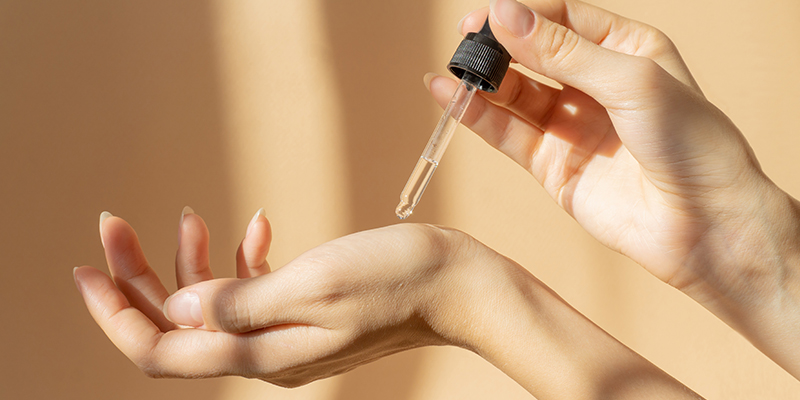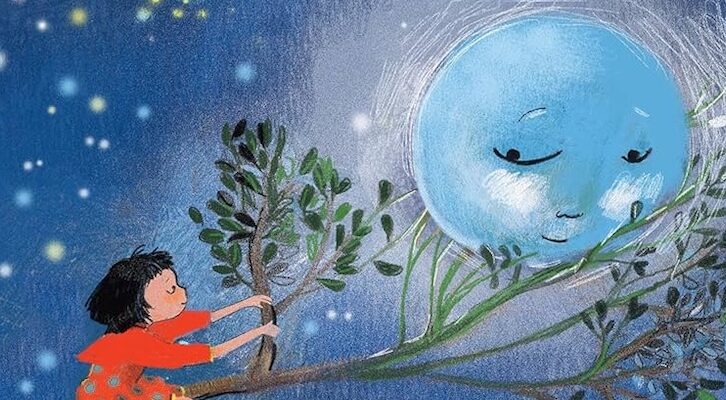A chief inconvenience of living in our bodies means that we are unable to see ourselves in frame. Growing up, I could never put my finger on why I felt so different, a combination of invisible and hyper-visible at the same time, but if I had been able to pinch my fingers together and zoom out, my black hair swimming upstream in a sea of blond would have given me a clue.
I grew up in Texas, where people are known for being polite, not nice. People preferred to look past me, addressing the air between us if they spoke to me at all. Not everyone, but a lot of people. It wasn’t always dislike, some people just didn’t know what to do with me.
I read the same things my peers did—Sweet Valley Middle and High School books and The Little House on The Prairie series—but I didn’t relate to them the way everyone else seemed to. I related more to the characters in Frog and Toad, the Animorphs series, and those that populated sci-fi and horror books.
In Mary Shelley’s Frankenstein, the monster was doubly made, first by Victor Frankenstein, and then by all who encountered him. Like Frankenstein’s creation, I had to learn my otherness from those around me.
When we read Kafka’s The Metamorphosis in school, my classmates were disgusted by Gregor Samsa’s transformation. But I had an ah-ha moment at the very first sentence. I recognized the surprise at looking in the mirror and seeing that I was Asian.
As a tween, it sometimes felt like there could be nothing worse than having a body—one that was considered inferior for its gender and foreignness (not to mention the whole bloody business of puberty and its attendant burdens of desirability or lack thereof). I understood that the feeling I gave others was one of unease. I didn’t fit neatly into a world that was largely bifurcated in two.
In every film I watched as an adolescent, my favorite scene was the makeover, that beautiful lovechild of capitalism and meritocracy. (If you buy the right things and work very hard, you can be the star of your own life!) She’s All That, Never Been Kissed, The Princess Diaries, Clueless…our fascination produced an endless stream of movies with this trope. Even today, influencer culture and YouTube videos are awash with GRWMs—essentially the same makeover scenes, but without any pretense of a plot. A makeover promises that you can and should change yourself. I watched as Mia Thermopolis’s eyebrows were attacked and suddenly realized that beauty and wellness products were my allies. They specialized in suppressing the horrors of having a body. For the next decade, I worshipped a holy trinity of thinness, Christianity, and what is now considered “clean beauty and wellness” in the hopes of disappearing into whiteness.
In every film I watched as an adolescent, my favorite scene was the makeover, that beautiful lovechild of capitalism and meritocracy.I went to college when I was 15 and struggled to fit in even more. For comfort, I returned to a show I had watched with my brother growing up. Buffy the Vampire Slayer quickly became the lens through which I viewed everything and, especially, myself. In the world of Buffy, the problems that teenagers faced became physical monsters that could be vanquished. It was the first media I encountered that personified trauma and fear. It almost didn’t matter that there wasn’t Asian representation; it still managed to represent me.
The earliest episode that changed my life was “Out of Mind, Out of Sight.” Marcie Ross (Clea Duvall) slowly fades away in class one day. Like Frankenstein’s monster, Marcie’s affliction (invisibility) isn’t something she chose. It comes about because people don’t register her existence; something every woman in Texas, if not the world, can relate to. The conflict in the episode concludes when Marcie is taken away by the FBI.
Afterward, we see that she has actually been enrolled in a school with other invisible students, opening a textbook titled Assassination and Infiltration. From this episode, I learned that otherness could be power. It no longer mattered to me when I was ignored or left out—I could pretend I was invisible like Marcie, and on my way to greater things.
I searched for others who flipped the narrative on their victimhood and/or claimed otherness—and that’s how I found the body horror genre. Body horror typically depicts violations of the body, but I became interested in a different aspect of the genre; not violation of the body, but the horror of the body itself. With every passing year and each passing law, I can only conclude that a woman’s body is a site of horror in America, and while we have always known this subconsciously, people like to remind us. When people do not perform their gender, it is an unspoken threat to society. When and where women are allowed to exist, they are expected to do so within expectations. They must show respect for a history that has only ever viewed them as objects for consumption.
This is true in my job as a classical violinist where I feel as if my success has always been tied to my femininity. During my sophomore year of college, I competed in my Conservatory’s annual competition. The winner would perform a concerto with the school orchestra, among the highest honors available at any music school. Sadly, I did not win. But when I read the judge’s feedback, my heart broke. Only one reason was given for why I did not win—I had not dressed well enough. I had tried my best, borrowing a long black skirt for the occasion. I had been foolish to think that music was anything except another beauty contest.
The next year, I went to the mall the day before the same competition, bought a $300 turquoise gown I couldn’t afford, won the competition, and returned the dress immediately after.
When I started writing more seriously, I did it to relieve the pressure of constantly needing to present myself in a certain way. I did it to give myself space. To honor the real and messy person underneath. I claimed the power that came with embodying someone’s nightmare. I wrote the horror of being and wielding my distinct body and found freedom in the genre’s language. Like a Buffy episode, I sought to physicalize the surveillance, intrusiveness, and control that had been inflicted on my body as a teenager and as an Asian-American.
So many of the words associated with the body horror genre are things women are not allowed to be. Squicky, disgusting, grotesque, disturbed, aberrant, and a personal favorite…gratuitous. The recent popularity of #goblinmode and #feralgirlsummer trends suggest that I’m not alone in the struggle to find a language that can stand up to the structures that would seek to keep us domesticated.
In Under the Skin, I watch Lauren (Scarlett Johansson) carefully and dispassionately applying red lipstick and am reminded of the way I get ready for concerts, having learned from my Conservatory that part of the reason I’m onstage is that I’ve worked to be tolerable. In Ex Machina, Ava (Alicia Vikander) puts on the flesh of other androids before she escapes the facility. Both these scenes are powerful and oddly moving, but where Lauren can continue working because of her makeover, Ava can finally begin living because of hers. These scenes show us the makeover for what it is: a necessary action to disappear. If only we didn’t have to invisibilize ourselves and uphold gender constructs to live.
Body horror has helped me claim an otherness. It is an antidote to the performance of gender and feels authentic in a world where I have always had to be performative to fit in. It’s a key to understanding myself in a country and culture that I adore but which rarely accepts me on my terms. Nothing makes me happier than when I leave an interaction or walk offstage, thinking that for another day, I’ve convinced everyone that I’m a human girl. At home I swipe off the eyeliner, rip off the clothing I use to cosplay as a civilian and slither into myself before I begin to write, letting my characters bloat and rush the margins.
***





















